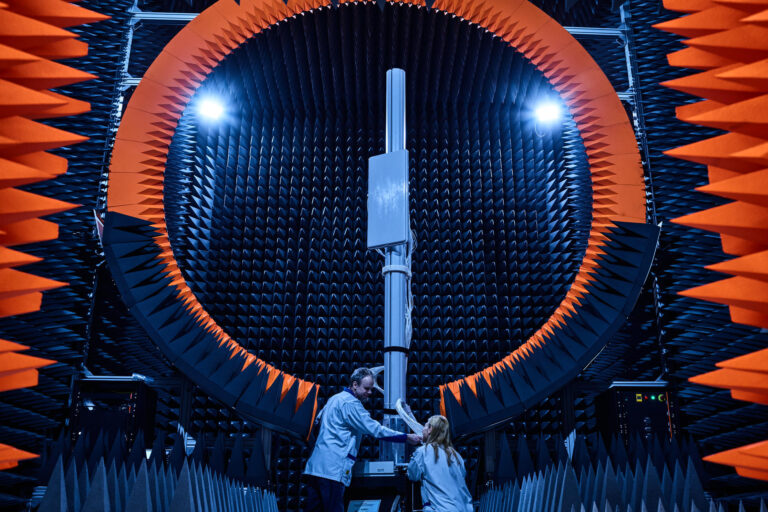
Networking is entering a new frontier with the Internet of Things (IoT), and the Industrial Internet of Things (IIoT). With billions of new devices needing connectivity, and compute requirements set to pop up in every imaginable location, the implications are enormous.
The main implications stem from an unstoppable trend that’s been developing over the past 10 years, and which is likely to continue for the next few decades. Applications have been getting pushed out from the homogenous IT stack, with its single, central location per company, and are getting distributed everywhere and anywhere, plus being shared across wide areas.
This is a trend that applies as much to IoT and IIoT as anything else. Forget the old ‘machine to machine’ model with one very simple device in the field connecting to a cloud. It is now perfectly apparent that IoT and IIoT will be reliant on a very different type of architecture where it just won’t be feasible to send everything back to a central cloud. Instead, it’s about pushing a multi-tiered architecture, generally referred to as edge.
There are many types of edge, ranging from someone’s factory to a data centre. These represent different tiers in which various levels of processing are occurring. Gartner refers to this model as Mesh Application Services Architecture (MASA), and it’s all about varying where you do compute depending on where it is most advantageous to do it.
Just consider how this is impacting the role of data centres. There’s been a swing towards the centralisation of the processing of data in the past 10 years with the cloud model. But now we’re seeing growth in compute outside of the cloud, even though cloud is still growing. We’re getting growth in sales of blade servers and IoT gateways as we see multiple tiers of architecture being built out.
The issue from the network point of view is that the traditional way networking has been managed is incompatible with these massively distributed architectures and multiple tiers of compute and storage. Operating proprietary hardware, circuits and VPNs – the old way of coping – doesn’t offer you the agility and flexibility to connect to anywhere you want, or scale as you need. The next generation WAN is seen as the Internet, and that’s where we need to focus on building MASA if we’re going to drive the business outcomes that enterprises want. This is a challenge in itself, requiring some kind of cloud-native connectivity that solves all these challenges.
Different data centres providers have a different strategy for the problem. A lot are responding by providing more for the cloud service providers – more power, more space, more locations for hyperscale cloud to reside. That’s both public clouds like AWS and Microsoft Azure but other large cloud-based organisations, like the major CDNs. Others are going in completely the opposite direction. The likes of EdgeConnex and Vapor IO are all about pushing more to the edge. The major telcos are also thinking in that direction because they’ve got lots of legacy locations where their core network goes.
Where you have a lot of distributed edge locations, they may consist of only a few racks. There may not physically be space to connect multiple circuits into it, as you would do if it were a major data centre where many networks collocate. So many are opting to go with one proprietary option, which is a potentially dangerous strategy. Another option is to use the public Internet with software-defined network overlays on top. The job then is to build highly secure, application-specific connectivity, all the way from the IoT device, overlaid on top of any of the tiers of architecture that are doing the processing, right back into the cloud. One secure overlay secures everything, from the data in motion to the end points. In this way you are ensuring minimal risk exposure by implementing security-by-design with things like Zero Trust, micro-segmentation of applications, trust-based connectivity from hardware certificates and software-defined perimeters. At the same time you can fix the public Internet’s other issue, by ensuring performance-by-design and bringing extra performance and reliability to the connectivity. As it is all software and API based it can be orchestrated on-demand with cloud-native tools such as Terraform.
Companies buying into this new software-defined approach to IoT are seeing much less complexity. They are providing an easy environment for IoT devices to connect to. Plus, developers of IoT solutions are enabled to focus on what they do best – innovating, creating new use cases, with all the complexity abstracted away that you’d have if you decided to build your own connectivity into a data centre.

Galeal Zino, CEO, NetFoundry


